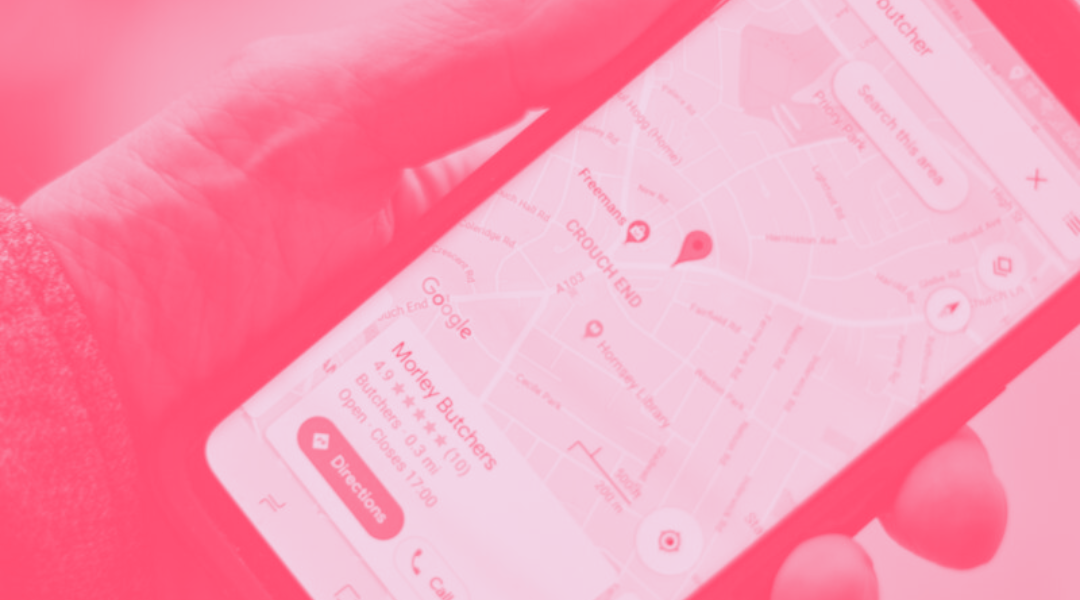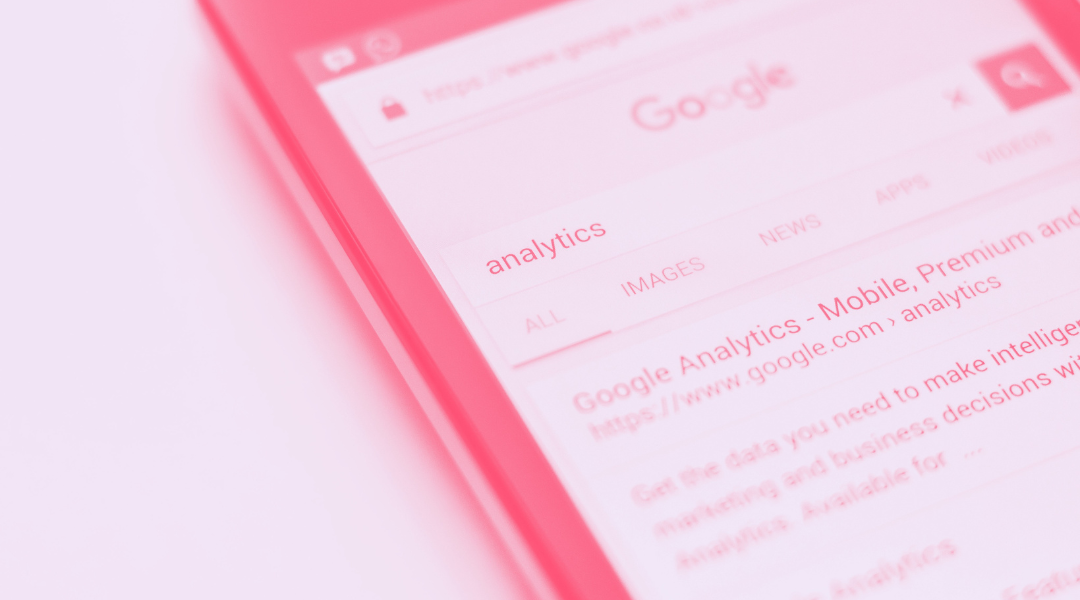6 Essential tips to create a Google Ads strategy
Google Ads, formerly Google Adwords, allows you to advertise and promote your products and services when users search for relevant keywords. If you...
Plan, activate and control media to hit targets with precision.
Turn data into smart decisions with advanced analytics and modeling.
Efficiency, governance and scale for agencies and teams.
![[Ebook] SEO + AI: eBook to Master AI Overviews and GEO](https://www.adsmurai.com/hubfs/MKT%20-%202025/WEB/Resources%20-%20Banners/HeaderEN_Ebook_SEO+AI.png)
[Ebook] SEO + AI: eBook to Master AI Overviews and GEO
Learn how to structure and distribute your content so generative models can understand it, trust it, and reuse it in their answers. A practical guide to compete and appear in AI Overviews and AI-powered assistants.
Discover more
Do you know about Google local campaigns? Their main objective is to attract potential customers to your physical locations. To do this, Google provides its main platforms for marketers and advertisers such as Google Maps, Google Display, Youtube, Business Profile and the Google Search Network.
TABLE OF CONTENTS
Local campaigns are designed to provide potential customers with the information they need to decide when and how to visit shops. They streamline the process, making it easy to promote shops on Google's most prominent inventory: the Search Network, Maps, YouTube, Gmail and the Display Network.
Google Local campaigns are optimised to find the right people, reaching consumers with the highest potential to visit a business. They are triggered at the right time based on user intent, distance to a venue, local searches, map searches, etc. In addition, they employ the right message and use standard creatives optimised to drive traffic to an establishment.
Recently, local campaigns have become part of Performance Max. As we've explained in previous articles, Performance Max is a new campaign format from Google that aims to maximise the performance of your ads across Google inventory through machine learning. These campaigns use existing local campaign infrastructure in a new Google Ads user interface experience.
Local campaigns focus on the growth of offline business objectives. You simply provide shop locations, campaign budget and ad assets. Based on this data, Google's machine learning technology automatically optimises bids, ad placement and asset combinations.
The goal of this type of campaign is to maximise the value of your shop through in-store visits, increase your offline sales and promote your locations through Google inventory.
Sign in to your Google Ads account.
Click on Campaigns in the menu on the left hand page and click on the plus icon and select New Campaign. In the "New Campaign" window, select Local Store Visits and Promotions and choose the campaign type; in this case Performance Max.
In the next panel you can select whether you want to use the Company Profile to select your shop locations or the affiliate locations to select the shops where your products are sold. Click the radio button next to the option that best suits your needs.
Click Continue.
Text
Enter up to 5 lines of text to capture the attention of potential customers.
Use different titles for better results, limit 30 characters.
For the description you can use up to 5 descriptions that explain what you offer, 60 character limit.
You should introduce a call to action to make your ads stand out.
Consider a company name with a maximum of 25 characters.
Image
The campaign must have at least one image with an aspect ratio of 1.91:1 and one logo with an aspect ratio of 1:1. These image and logo sizes are accepted. You can use up to 20 of each type per campaign.
Video
Use up to 5 videos and make sure they are at least 10 seconds long.
Add a valid YouTube URL.
Local campaigns can appear across Google's entire advertising inventory. This includes the Google Search, Google Display, Google Maps, Gmail and YouTube. Here are some of the places your ads can appear:
Google Maps
Local campaigns help attract customers when they plan their visits to different destinations. Navigation ads display relevant information about your business in relation to products or services that users might be interested in.
When customers search for businesses or explore a local area within Google Maps, Google matches these actions to the location of your business. Anyone nearby or showing interest in your location can see your ad.
Auto-suggest ads help show your offers even before the search is fully completed by displaying suggested ad locations.
Google Search
In this case, Google matches your ad with search terms that are relevant to your business and your location.
YouTube
Google Ads can show your ads on YouTube where they are most likely to attract potential customers to the shop.
Google Display
You can also choose to have your ads appear in the most relevant locations for your brand on the Display Network. Google Ads will optimise where your ads are shown so that your shops and products get the most attention.
Gmail
Your Local Campaigns ads can reach Gmail users on all mobile surfaces. In this case, this format is only available for Local Extension Local Campaigns.
When creating a local campaign on Google Ads you need to consider certain requirements for your ads, from how to create a good campaign to the right creatives to use. Here are some best practices to help you create successful local campaigns.
Requirements: You must have active placement extensions, affiliate placement extensions in your account or have a business profile connected to Google Ads.
Campaign duration: 30 days minimum recommended, although shorter campaigns are also possible.
Offline conversions: The campaign must be set up within an account that is active and eligible for shop visits (regardless of Google channel). Or be optimising for offline actions (contacts and addresses).
Bidding system: You can use Maximise Conversion Value and Maximise Conversions. If you use Maximise Conversion Value bidding, be sure to apply conversion values to each conversion goal associated with the campaign.
Creative assets: One of the most effective ways for advertisers to optimise campaign objectives.
Text assets: Text assets need to be updated with every new campaign, including headlines, descriptions, calls to action, and the final URL.
Video and image assets: The campaign must have at least 1 image, 1 logo and 1 10-second YouTube video.
Make sure the logo has a dark background or coloured background so that it stands out on Google Maps.
We recommend that the ads be an image with the product prominently displayed, an image with several people, a banner without text, or an image with a striking background colour (due to the type of placement used in local campaigns, the use of a white background makes the message go unnoticed).
Multiple sets of creative assets: If there is more than one set of creative assets, you can create multiple groups of assets by grouping creative sets together.
Conversion targets: Store visits can be set as the main KPI for shop campaigns, however, if your campaign is not eligible for shop visits as local actions (addresses and contacts) can be added.
Conversion values: You should set conversion values for each objective applied to your campaigns.
Dayparting: Dayparting is not feasible when creating Performance Max campaigns with shop targets applied.
Geolocation: When shop targets are selected and locations are applied, radius targeting is automatically applied based on shop location. If additional targets are applied, please note that all shops within the geographic target will be eligible.
It should be taken into account how much traffic each of the shops receives, as those with a higher volume of impressions will consume much more budget. We can make campaigns segmented by zones, for example: "I want to push traffic to shops in the north of Spain".
Audiences: Audience targeting is not feasible for Performance Max campaigns with shop targeting. However, it is recommended that advertisers take advantage of audience suggestions in Performance Max campaigns with shop targeting.
As mentioned above, local campaigns have been incorporated into Performance Max in order to have access to new inventory and automation data from a single campaign. To update this type of campaign, you must follow these steps:
Step 1: Create new campaigns with Performance Max
You can continue to use local campaigns until they are upgraded to Performance Max. For any new campaigns you want to create in Google Ads, you will need to start using Performance Max.
To transition your local campaigns to Performance Max, Google Ads offers a tool for those who want to transition their campaigns to Performance Max before the automatic transition.
Step 2: Update with one-click tool
As mentioned in the previous step, you can easily update your campaigns with a new "one-click" tool (you will receive a notification in Google Ads when this tool is available in your account) in Google Ads. This tool allows you to update specific campaigns or all campaigns at once.
What is learned and used in existing campaigns will also be used in new Performance Max campaigns.
Step 3: Update automatically
From August 2022, local campaigns will be automatically updated. This means that you will not be able to create new campaigns once existing campaigns have been automatically updated; you will have to use Performance Max campaigns. The automatic update process will be completed by the end of September to ensure that users are well prepared to use Performance Max in the second half of 2022.

Google Ads, formerly Google Adwords, allows you to advertise and promote your products and services when users search for relevant keywords. If you...

In the world of digital marketing, artificial intelligence (AI) is revolutionizing the way companies reach customers, design impactful creative and...

What if we start by telling you that Google is the most visited website in the world? In a way it is always our first resource when it comes to...